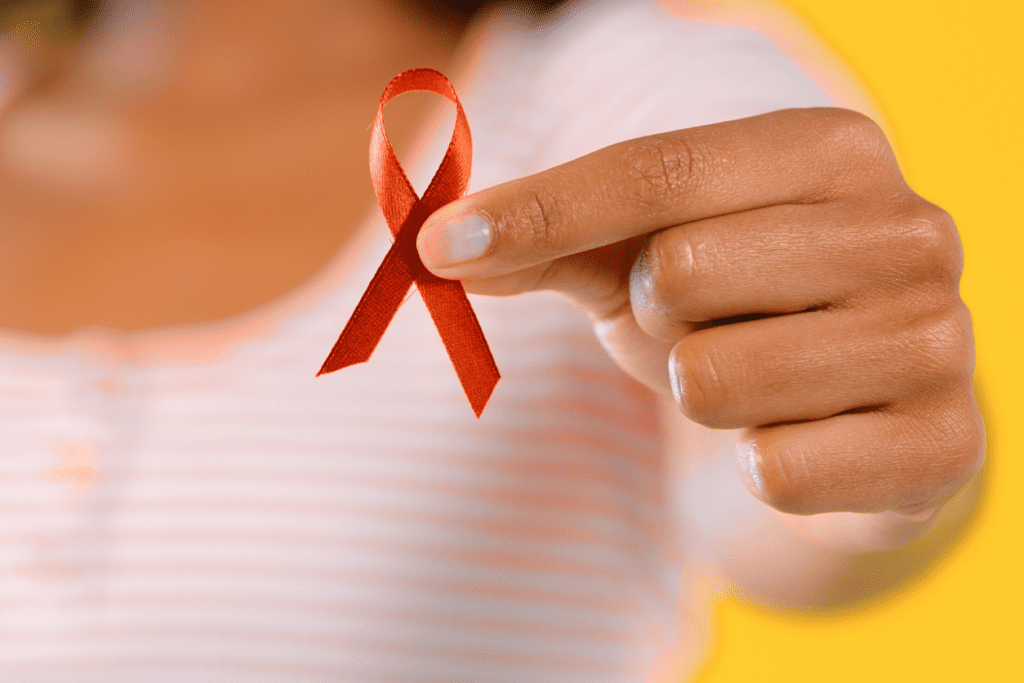
Women make up one-fourth of all HIV cases in the United States. Testing is simple and the best way to learn your HIV status.
Each year, the Centers for Disease Control and Prevention (CDC) recognizes March 10 as National Women and Girls HIV/AIDS Awareness Day. HIV/AIDS is often viewed as a disease affecting men, particularly those having sex with other men. Unfortunately, this fails to recognize the burden of HIV/AIDS placed on women – who make up an estimated 25 percent of all people living with HIV in the United States. The CDC reported that in 2021, the incidence of new HIV infections decreased among men but remained unchanged among women.
In the face of these numbers, we must talk about what women can do to decrease their risk of getting infected with HIV. The first step is learning your HIV status by getting tested. Women unaware of their status risk having asymptomatic HIV infection that can quietly progress over time to a point where it can seriously affect their health. Testing for HIV is simple through blood-based or saliva testing looking for antibodies. If detected, results are then confirmed using an additional test.
I tested positive – what now?
Women who are diagnosed early after an infection can be started on highly effective oral medications that can suppress the virus levels to undetectable levels. Fortunately, we now have a wider range of medication options than ever before. Many are now formulated as combination pills that can be easily taken once a day. While this does not cure HIV, it halts its ill effects on the body and also makes it unlikely to transmit to others.
Pre-exposure Prophylaxis (PrEP) against HIV is a safe and effective way to decrease risk of infection upon exposure when taken correctly. It is as effective in women as it is in men. However, an overwhelming number of PrEP users in the United States are men, highlighting a key gap in PrEP coverage. Women of color are at a higher risk of getting HIV infection. As much as 61 percent of infection among women happens in African American women alone. This also highlights a key population dealing with gaps in preventive strategies.
Beyond sex – risk factors for infection
It is also worth noting that sexual contact is not the only way for women to get infected with HIV. Injectable drug use is another important risk factor for acquiring HIV infection. Another mechanism of transmission that uniquely affects women is vertical transmission of the virus during pregnancy from mother to child. Fortunately, effective medications against HIV can reduce the risk of that transmission considerably. This makes another strong argument for women to seek testing to know their status.
In summary, as we mark National Women and Girls HIV/AIDS Awareness Day this year, women must consider getting tested for HIV to take that first step!
Disclaimer: This blog content and linked materials are not intended as individual medical advice, diagnosis or treatment, and should not be considered as such. Any readers with medical concerns should contact a licensed healthcare provider. This blog is provided for informational purposes only.
